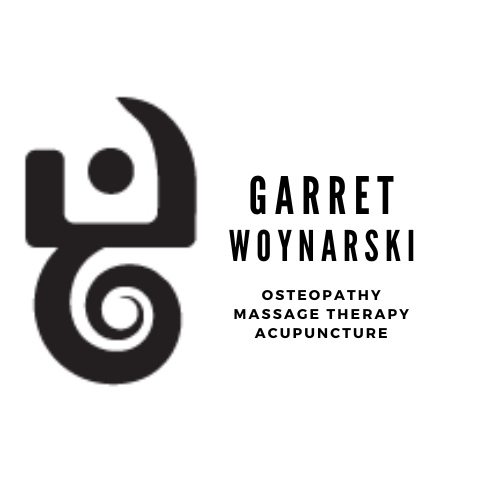What is Osteopathy?
Osteopathy is an approach to health care that uses manual therapy techniques integrated with education, advice and insight to offer a therapeutic balance within all bodily systems.
From the Canadian School of Osteopathy website, 2024
“A natural manual therapy which aims to restore function in the body by treating the causes of pain and imbalance. To achieve this goal the Osteopathic Manual Practitioner relies on the quality and finesse of his/her palpation and works with the position, mobility and quality of the tissues.”
The osteopathic philosophy embraces the notion that the body is naturally capable of healing itself. The practitioner of traditional Osteopathy works with the body to enhance this natural ability to self-regulate and self-heal.”

What does an Osteopathic Manual Practitioner do?
-
The first treatment will consist of an in-depth consultation, detailed assessment, explanation of the treatment plan, and hands on treatment (time permitting).
-
There are four principles or ‘pillars’ of Osteopathy that guide of govern each treatment approach.
Structure governs function.
The body is a functional unit.
The role of the artery is absolute.
The body has the ability to self-regulate and heal.
-
Each treatment will differ based on the current presentation of the person, and the treatment plan.
We may work on one system in a treatment session, or multiple systems. An example of the systems;
Structural (muscle, fascia, joints)
Visceral organs
Neurological
Pressure (fluidic and diaphragmatic)
Cranial-Sacral (Dura)
Autoregulation (mental - emotional - hormonal)
Blood flow (arterial and venous drainage)
Scar sites
-
Wear what you would normally wear if you were working out or stretching. You can bring shorts/leggings/active-top/t-shirt and then change prior to the assessment and treatment.
If you have x-ray, ultrasound or MRI reports, please do bring the reports for me to view. You can also email them prior to your appointment.
-
Yes. Having multiple health care practitioners contributing to a solution can provide the best results for the patient.
I collaborate with or refer to other RMTs, DOMPs, PTs, Chiropractors, Naturopath’s, Counsellors, Exercise Therapists, and Doctors.
-
That depends.
Complex, long-standing conditions may require 3-5 treatments, spaced out at 2-4 week intervals.
Maintenance plans are usually one treatment every 4-6 weeks.
We can discuss what is best for your case.
-
How a person’s body reacts and accepts a treatment is always a guessing game. Some individuals are fine to go to work after their treatment, and others prefer to go home to rest.
The word I like to use is ‘Integrate’. Go for a walk, move your body, and feel the difference in your systems.
Osteopathic applications
Neck/shoulder issues.
Shoulder/elbow/wrist injury
Hip/knee/ankle tension
Concussion/vertigo/dizziness
Sports Injuries
Headaches/migraines
Dental braces/overbite
Digestion/bowel
Bladder/urination
Uterus/menstruation/prostate
Sinuses/breathing/diaphragm
Sleep concerns
Post-surgery recovery
Stress/anxiety/depression
Pre-pregnancy/Pregnancy/Postpartum
Neurological/nerve pain
Shortness of Breath/Asthma
Long Covid
Low Energy/hormonal
TMJ/Face Injury/Tinnitus
Pelvic floor
Manual Practice Osteopathy is a therapy of evaluation and analysis of the musculo-skeletal, visceral, circulatory, neurological, and cranial systems. The intention is that of restoring the normal function of the body by treating the causes of pain and imbalances that may be the result of injury, illness, stress, and the chronicity of daily living.
Over time, the body gradually loses its ability to efficiently self-regulate and to self-heal. Some of this loss may be due in part to the aging process, the prolonged influence of gravity on posture, traumas, illness, surgical scarring, childbirth, repetitive activity or strain, or the cumulative effects of mental, emotional, physical, and spiritual stress. In most cases the patient has had some combination of the above experiences.
The results of these experiences may manifest themselves locally in the body, or more frequently the symptoms are experienced far from the site of the original site of occurrence. The practitioner is said to assess the whole body. Although treatment may be directed toward several specific areas, the effect of that treatment is often felt throughout the body as everything in the body is connected.
-(Canadian School of Osteopathy – Manual Practice Website, 2016)


